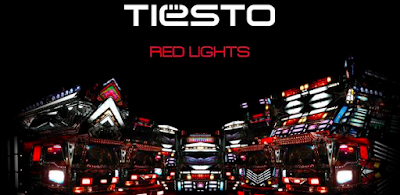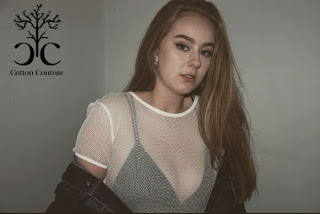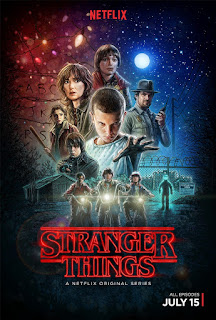A textual Ananlysis of Dance music videos
Red Lights by Tiesto and Nobody to love by Sigma are both music video's from the dance genre and show similar conventions in their actions. Both videos have upbeat music which matches the editing to the video along with a constant rhythm and shots of people dancing. The representation of gender (particularly women)is shown heavily in these two videos and is arguably misconstructed in the representations.
In Tiesto the video begins with a tracking shot of a waitress working in a lower class American diner. This shot presumably uses a hand held camera to give the video authenticity, which is carried out throughout the video constructing the narrative performance to look like a 'home video'. The narrative performance itself follows two young females (aged between 18-25)taking a journey out of spontaneity. The video uses many close up shots with excessive focus on their bodies which links to Mulvey's theory of the male gaze due to the objectification of women used here for the male audiences benefit. However this focus on the women may arguably be empowering to females and create a sense of desire for female audiences.
The focus on women is also shown in 'Nobody to love' as the attention is also placed on the journey of two young women. At the start of Sigma's video a lower angle hand held camera tracking shot is used as the women are shown dancing in the ocean with focus on their bottoms and bodies in minimal bikinis. This again links to the male gaze with close up shots of the women dancing to appeal to heterosexual male audience.
As the narrative of this video continues the representations of race arguably become inappropriate with the cultural appropriation shown specifically through the use of the native Indian headdress. The video narrates two white middle to upper class women driving through a lower class town/village where the population is predominantly of African decent, presenting them to be poor. This is problematic for the video however it may be expressing the dance genre's history from Africa yet the appropriation does not portray that clearly.
In each of these videos the Dance genre fanbase is arguably presented to be both male and female aged from young teens to around 30. The songs relate to many demographic categories due to accessibility with radio and online access and the fact that both songs are mainstream.
As previously mentioned there is particular focus on the women in both videos especially their bodies which links to the male gaze and therefore appeals to the male audience.
Overall these two videos share similar qualities and conventions (such as the dancing and narrative of two female girls) which promotes the dance genre yet does include some problematic scenes as listed above. I believe that through these videos the target audience has been catered for and addressed.
The music video above differs greatly from Red Lights and Nobody to love yet is still part of the dance genre. The qualities of 'Save the world' are unconventional to the genre however the originality of the narrative makes the video positively unique.
The narrative revolves around criminality and violence with dogs 'saving the day' and attacking the villains- something you would perhaps expect to see in a child's TV show. Gender is represented unequally in the sense that the two women shown in Save the World are presented to be weak and vulnerable whereas the male characters are violent, strong and criminal.




Excellent analysis. Try to think about the key concepts that dance music seeks to promote such as freedom, independence, carefree attitudes and fun! How have the producers achieved this?
ReplyDelete